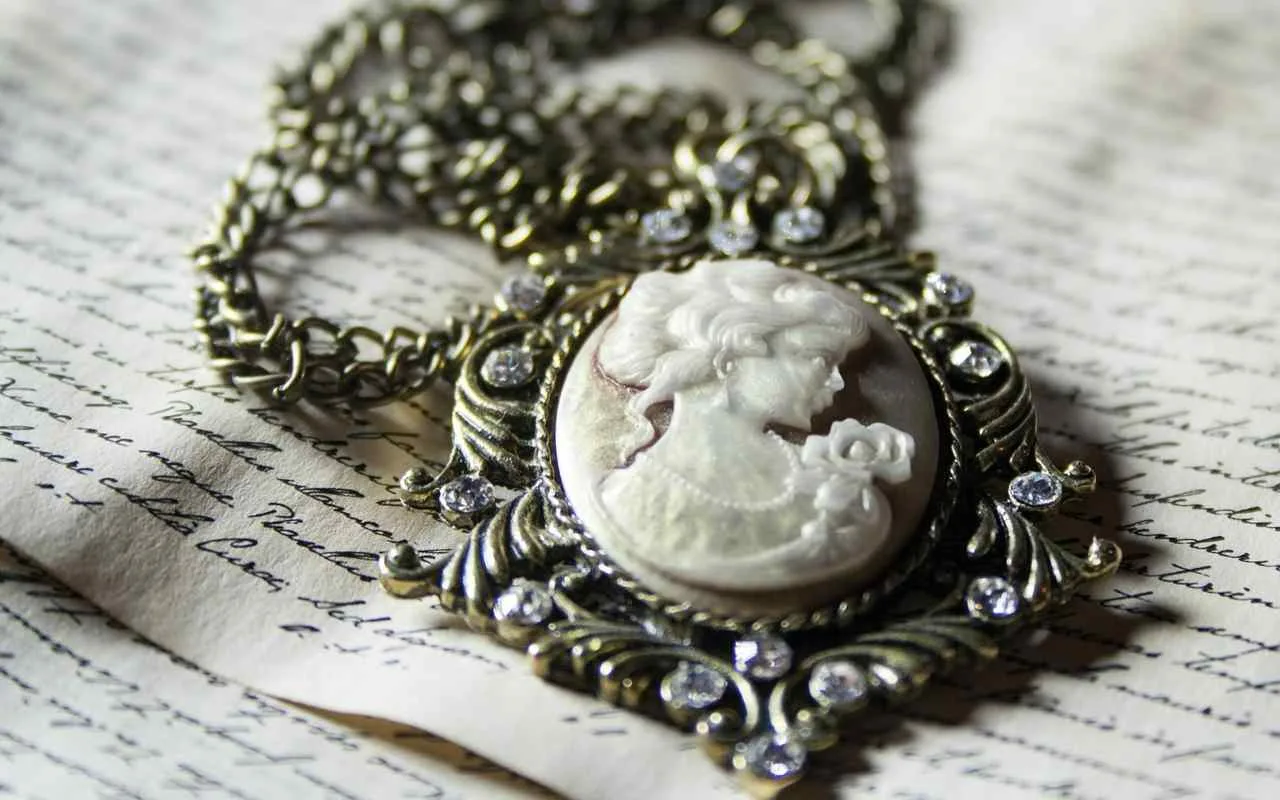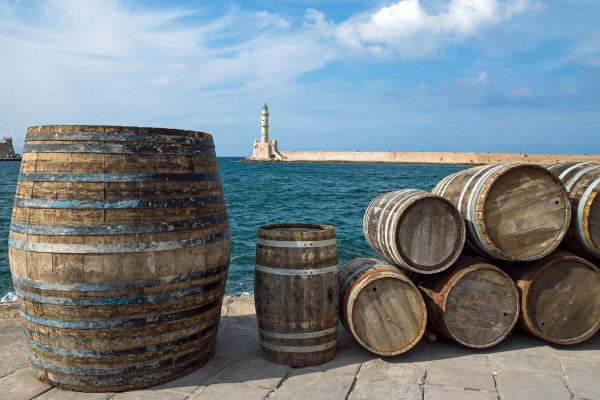During excavations in the legendary city of Troy, a group of British archaeologists discovered a magnificent gold brooch and an extremely rare jade stone, both dating back to the early Bronze Age.
The 4,500-year-old gold brooch was found in an archaeological layer dating back to Troy II.
Legendary Troy, with its impregnable walls, the ruins of which are located in the modern city of Çanakkale, has been an inexhaustible source of tales and legends immortalised by Homer in the Iliad for centuries. This famous epic poem tells the story of the abduction of the beautiful Helen by the Trojan prince Paris, which marked the beginning of the famous Trojan War – a mythical conflict that has fascinated researchers and lovers of archaeology and mythology for more than two millennia.
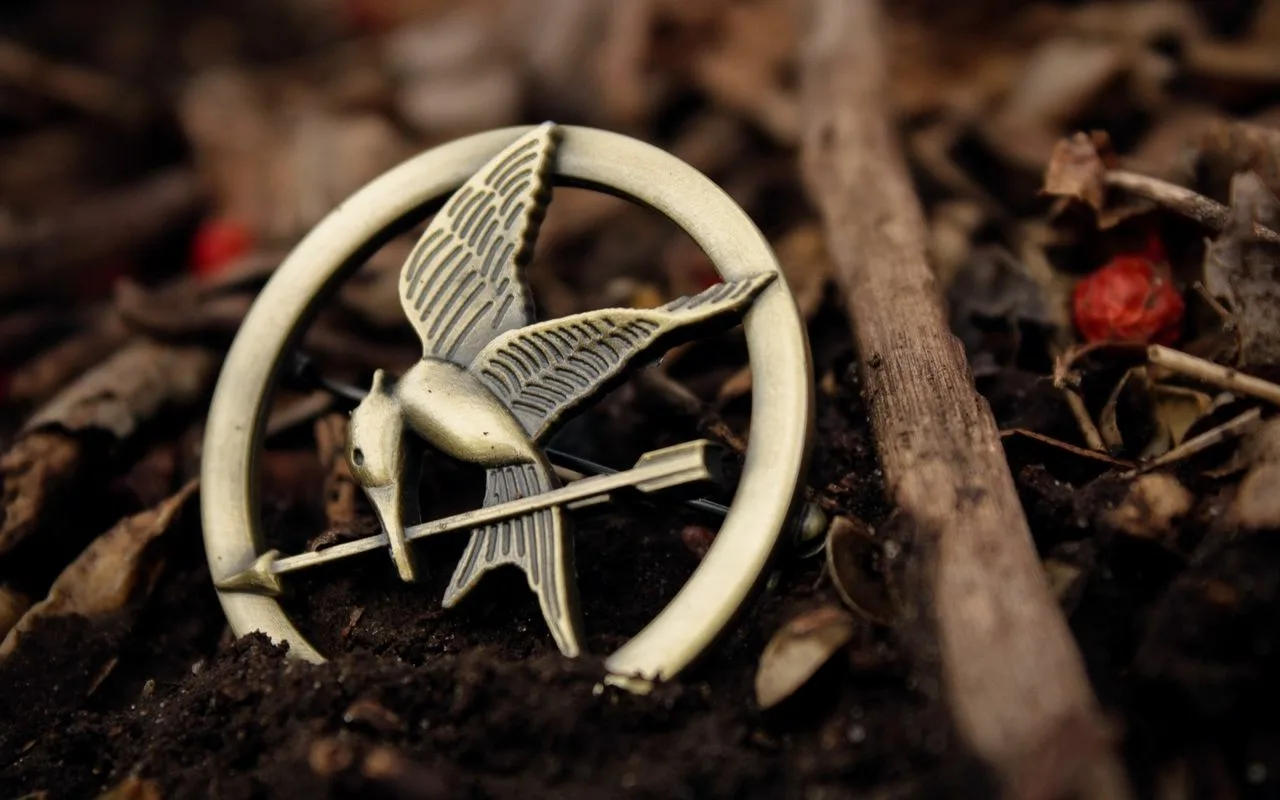
Successive excavations carried out to date at this site, on the hill of Hissarlik, have revealed at least nine main layers of settlements covering the period from the early Bronze Age to the Byzantine period. The latest excavations, carried out by a British team of archaeologists, have also been very successful: a beautiful gold brooch with spiral motifs was discovered, as well as a unique jade and bronze pin, all dating back to the Early Bronze Age (around 2500 BC).
These beautiful objects were found in Troy (a UNESCO World Heritage Site) as part of the Heritage for the Future project, sponsored by the UK Department for Culture, Media and Sport, which aims to preserve and enhance the cultural heritage of Anatolia. As for the gold brooch, perhaps the most important item, researchers consider it a symbol of social power and prestige and one of the best-preserved items of its kind, of which only two remain in the world.
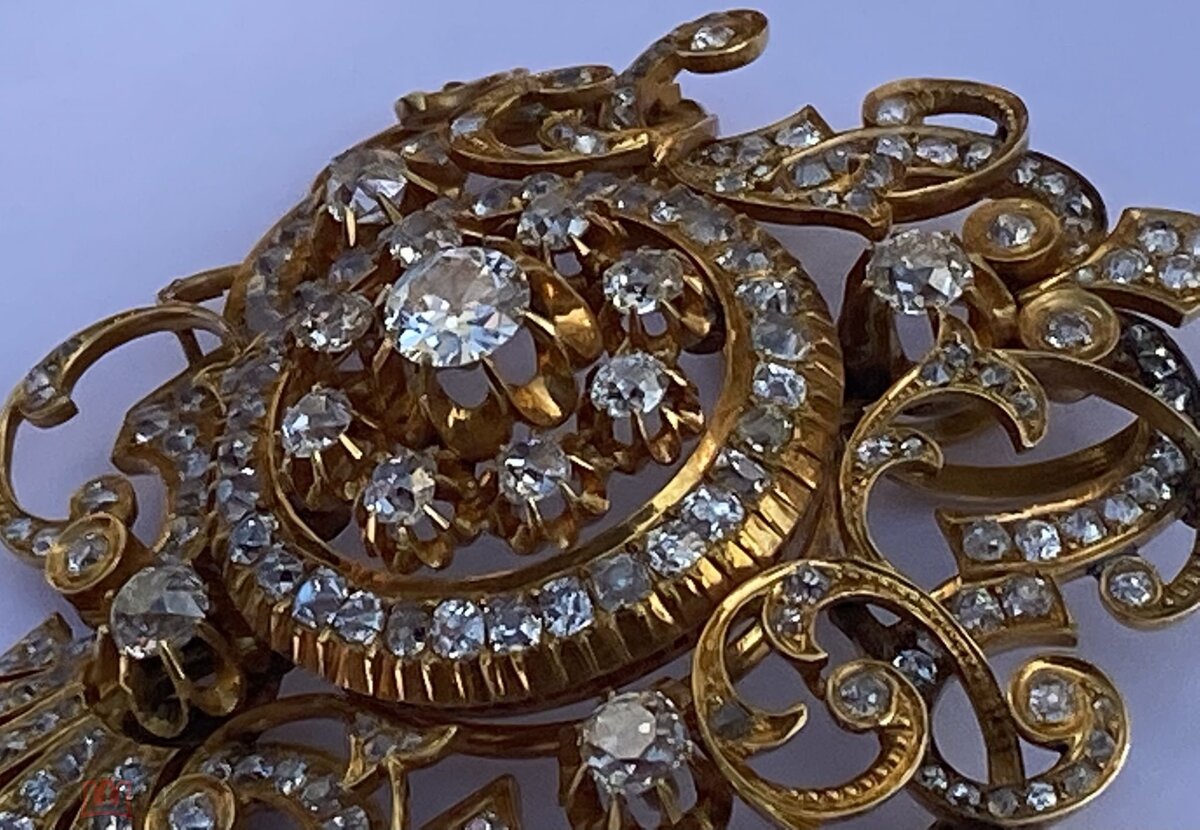
Power and sophistication
“The brooch was found in the stratigraphic layers of Troy II, a period of settlement whose dating has long been a subject of debate, although we believe it began around 2300-2200 BC or earlier. The brooch definitively dates this cultural horizon to around 2500 BC, resolving decades of chronological uncertainty and providing a reference point for the chronology of the city’s Bronze Age,” the researchers said.
In addition to the gold brooch, archaeologists noted the discovery of a fragment of jade, a semi-precious stone that was associated with the elite in the ancient world and also had ritual significance. This stone may have been part of a ring or pendant, confirming that Troy was once an important centre for long-distance trade and consumption of luxury goods.
‘The discovery of jade confirms the Trojans’ love of luxury and refinement, as well as their connections to the broader cultural and economic systems of the early Bronze Age. It is exceptional evidence of how the Trojans incorporated exotic and valuable materials into their daily and ceremonial lives,’ conclude the authors of the discovery.
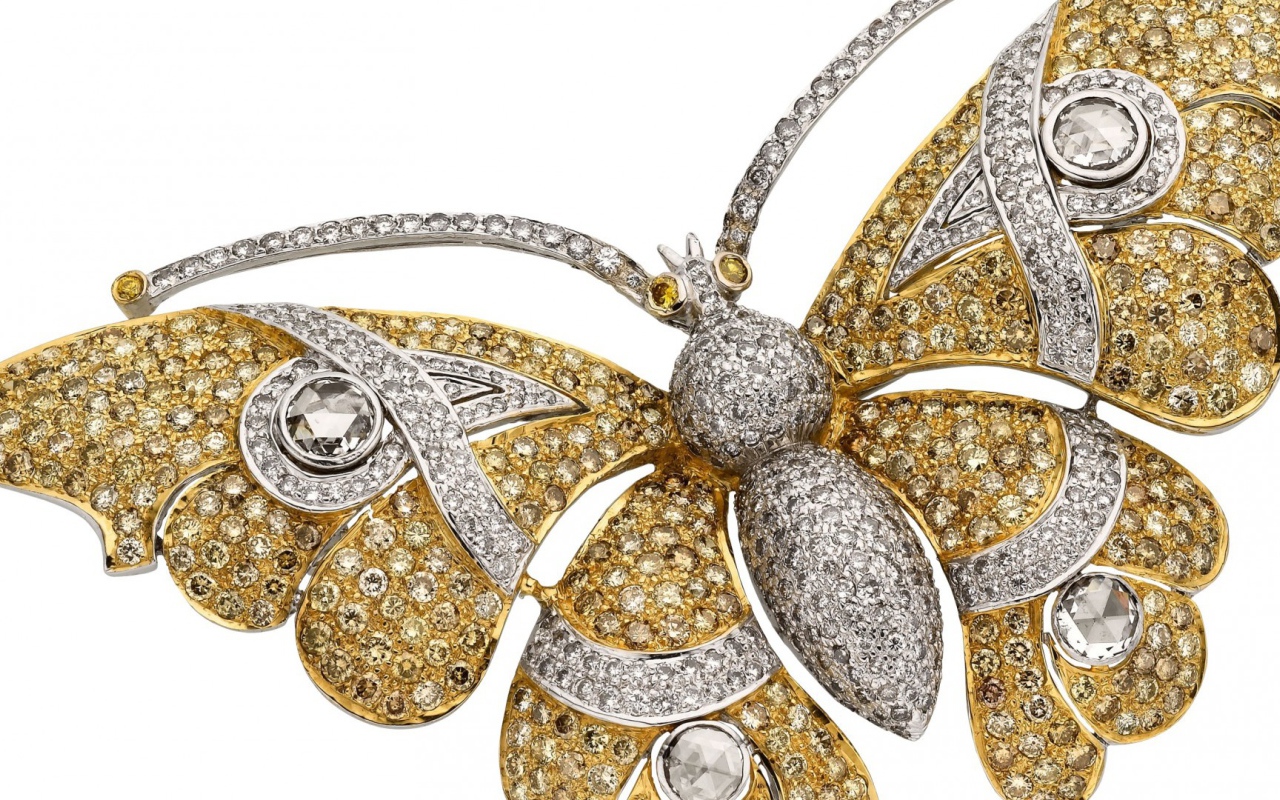
All these treasures will soon be on display at the Troy Museum in Çanakkale. Opened in 2018, the museum is entirely dedicated to the history of Troy and displays thousands of items discovered during excavations.
According to officials, this space provides a unique opportunity to see some of the objects that shaped early human civilisation.
Speaking about the significance of the recent discovery, Culture Minister Mehmet Nuri Ersoy concludes: ‘This find is one of the most important discoveries in the legendary city of Troy in the last hundred years.’

